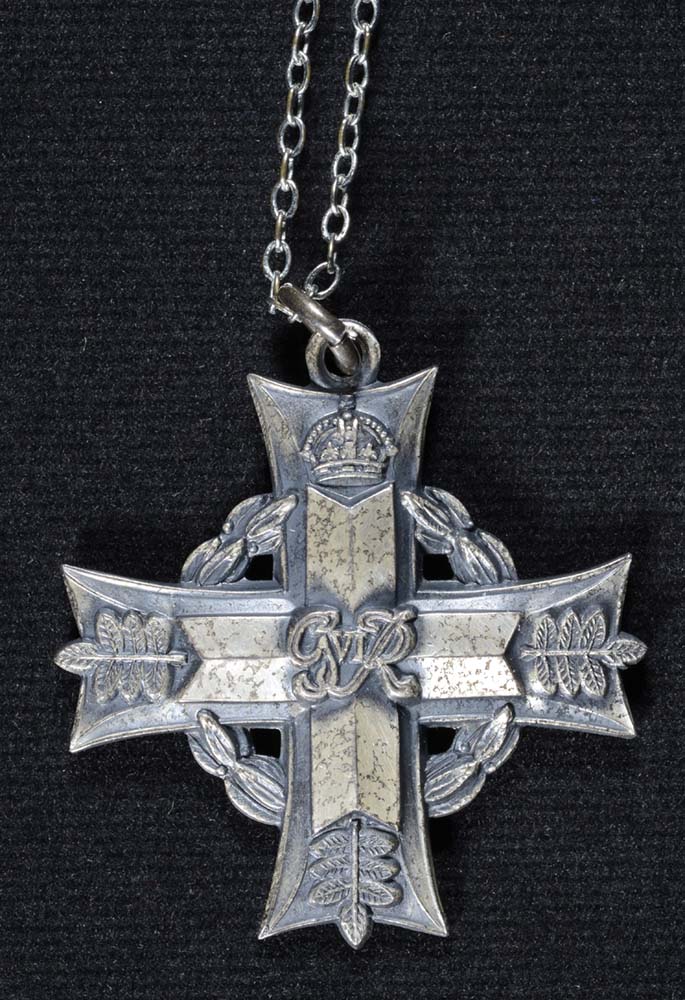

Display No. 10F
WASLEY, Alfred Ivan
Alfred Wasley joined the New Zealand Division of the Royal Navy as a Boy 2nd Class in October 1938. After training in HMS Philomel, he joined the crew of HMS Leander, eventually attaining the rate of Able Seaman in March 1942. At the outbreak of the Second World War, Leander was serving in the Pacific and Indian Oceans. During action in February 1941 Leander sank the Italian auxiliary cruiser Ramb I near the Maldives. Leander also provided support for military operations in the Persian Gulf. In May 1941 Leander was transferred to the Mediterranean Fleet but returned to the Pacific in September 1941.
Wasley was on board when Leander took part in the Battle of Kolombangara in the Solomon Islands in July 1943. Leander was hit during the action and had to have a full refit in Boston, USA. Wasley remained with Leander until January 1944 when the ship was taken for refit and he was posted to HMNZS Achilles. He remained in Achilles for six months while the ship was under refit in Portsmouth, United Kingdom. In June, Wasley was deployed to the destroyer HMS Isis operating in the English Channel. Wasley was declared missing presumed dead in July 1944 when Isis sank off the coast of Normandy while undertaking anti-submarine patrols. Only 20 men survived the sinking. The original ribbon from Wasley’s memorial cross has been replaced with a silver chain.
Awarded medal(s)
Medal Description:
The New Zealand Memorial Cross
The New Zealand Memorial Cross is awarded to the next of kin of all New Zealand servicemen and women who were killed, while on war service or operational service overseas in the Second World War. It is also awarded to the next of kin of those who subsequently died of wounds received while on war service, or operational service overseas, since the commencement of the Second World War. For deaths during the Second World War the first cross was awarded in the late 1940s or the 1950s to the mother. If the mother was deceased, the first cross was awarded to the father, or if he was also deceased, to the eldest sister, or the eldest brother if the military service person had no living sisters. A second cross was awarded to the widow, eldest daughter or eldest son (in that order of precedence). If the deceased military service person was not married, and had no children, only one Memorial Cross was issued. It is worn on a purple ribbon around the neck.

